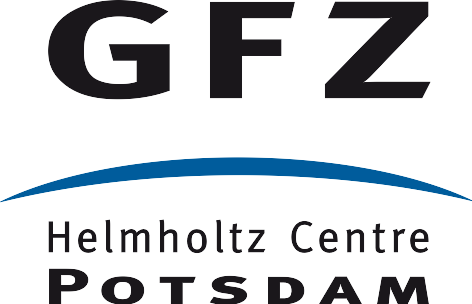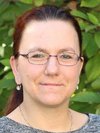The goal of the section is to achieve progress beyond the state-of-the-art, in all steps leading to an improved assessment of probabilistic seismic hazards.
We analyze the stability of sub-surface fracture systems for energy technologies and carry out field experiments on fracture propagation and fault activation (Contact Arno Zang).
We develop 4D stress model workflows for inter- and intraplate earthquake cycles and radioactive waste repositories and manage the World Stress Map project (Contact Oliver Heidbach).
We develop site-specific, physics-based, and data-driven ground-shaking models for the improvement of seismic building codes (Contact Dino Bindi).
We compute seismic hazard assessments based on a consistent probabilistic treatment of all input data and the transparent evaluation of epistemic uncertainties (Contact Graeme Weatherill).
We develop methods to test the components and results of seismic hazard and risk models (ContactDanijel Schorlemmer)
We develop dynamic exposure models (Contact Danijel Schorlemmer) and contribute to integrated risk and early warning developments in urban areas (Contact Marco Pilz).
Last Publications
Dallo I, Marti M, Valenzuela N, Crowley H, Dabbeek J, Danciu L, Zaugg S, Cotton F, Giardini D, Pinho R, Schneider JF, Beauval C, Correia AA, Ktenidou OJ, Mäntyniemi P, Pagani M, Silva V, Weatherill G, Wiemer S (2024) The communication strategy for the release of the first European Seismic Risk Model and the updated European Seismic Hazard Model. Natural Hazards and Earth System Sciences 24(1): 291-307. https://doi.org/10.5194/nhess-24-291-2024
Mathur B, Hofmann H, Cacace M, Hutka GA, Zang A (2024) Thermo-hydro-mechanical simulation of cooling-induced fault reactivation in Dutch geothermal reservoirs. Netherlands Journal of Geosciences 103: e1. doi.org/10.1017/njg.2023.12
Nguyen TS, Kolditz O, Yoon JS, Zhuang L (2024) Modelling the thermo-mechanical behaviour of a rock joint. Geomechanics for Energy and the Environment 37: 100520. https://doi.org/10.1016/j.gete.2023.100520
Pilz M, Roux P, Mohammed SA, Garcia RF, Steinmann R, Aubert C, Bernauer F, Guéguen P, Ohrnberger M, Cotton F (2024) Wind turbines as a metamaterial-like urban layer: an experimental investigation using a dense seismic array and complementary sensing technologies. Frontiers in Earth Science 12. https://doi.org/10.3389/feart.2024.1352027
Rajabi M, Ziegler M, Heidbach O, Mukherjee S, Esterle J (2024) Contribution of mine borehole data toward high-resolution stress mapping: An example from northern Bowen Basin, Australia. International Journal of Rock Mechanics and Mining Sciences 173: 105630. https://doi.org/10.1016/j.ijrmms.2023.105630
Su Z, Zhou S, Zang A, Sun J, Zhang T, Niu Y, Zhang J, Liang J (2024) Analysis of Near-Field Stresses in an Analogue Strike-Slip Fault Model. Rock Mechanics and Rock Engineering. https://doi.org/10.1007/s00603-023-03714-4
Yen M-H, Bindi D, Oth A, Edwards B, Zaccarelli R, Cotton F (2024) Source parameters and scaling relationships of stress drop for shallow crustal seismic events in Western Europe. Journal of Seismology: online first. https://doi.org/10.1007/s10950-023-10188-y
Zali Z, Mousavi SM, Ohrnberger M, Eibl EPS, Cotton F (2024) Tremor clustering reveals pre-eruptive signals and evolution of the 2021 Geldingadalir eruption of the Fagradalsfjall Fires, Iceland. Communications Earth & Environment 5(1): 1. https://doi.org/10.1038/s43247-023-01166-w
Zang A, Niemz P, von Specht S, Zimmermann G, Milkereit C, Plenkers K, Klee G (2024) Comprehensive data set of in situ hydraulic stimulation experiments for geothermal purposes at the Äspö Hard Rock Laboratory (Sweden). Earth System Science Data 16(1): 295-310. https://doi.org/10.5194/essd-16-295-2024








